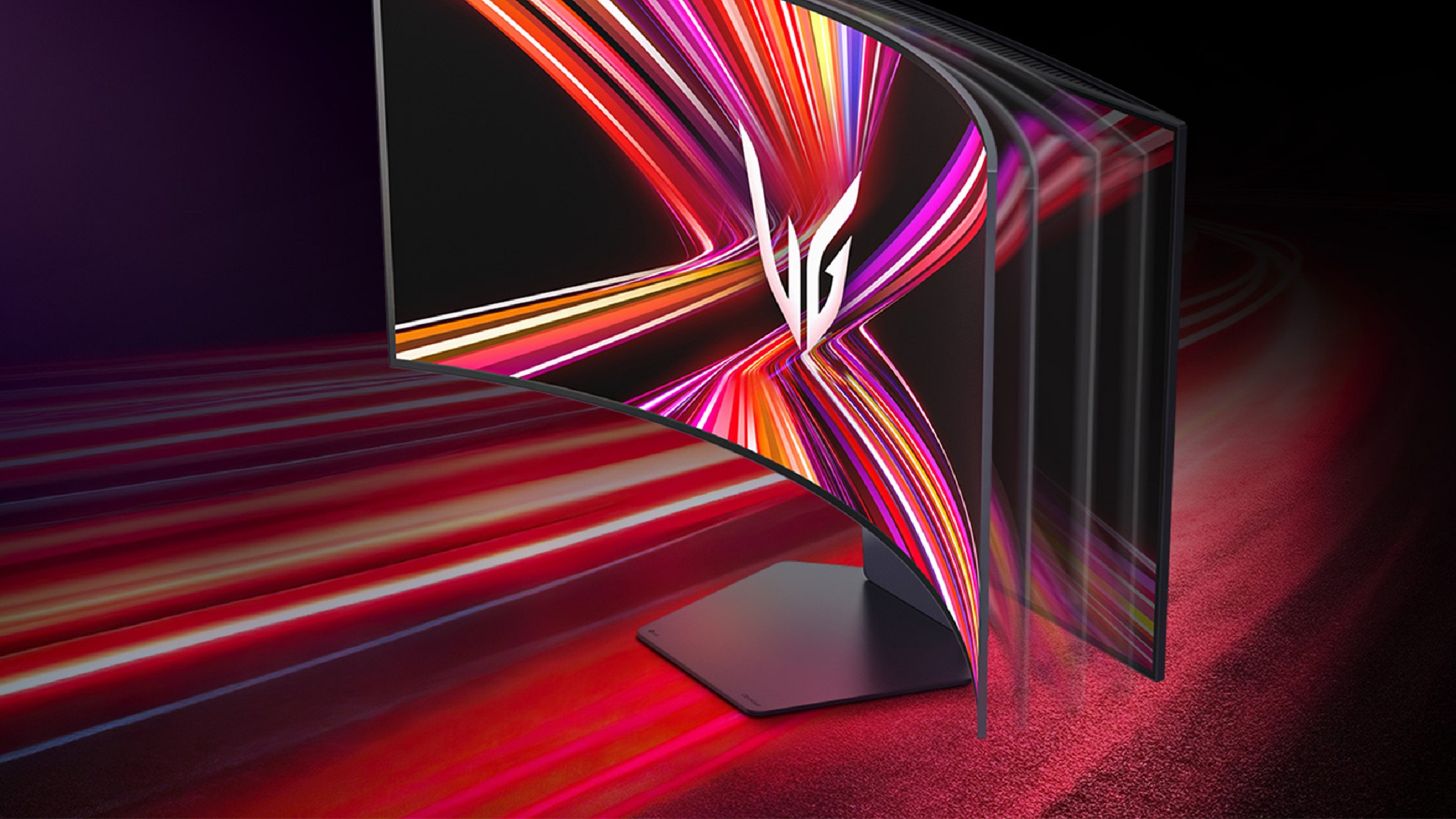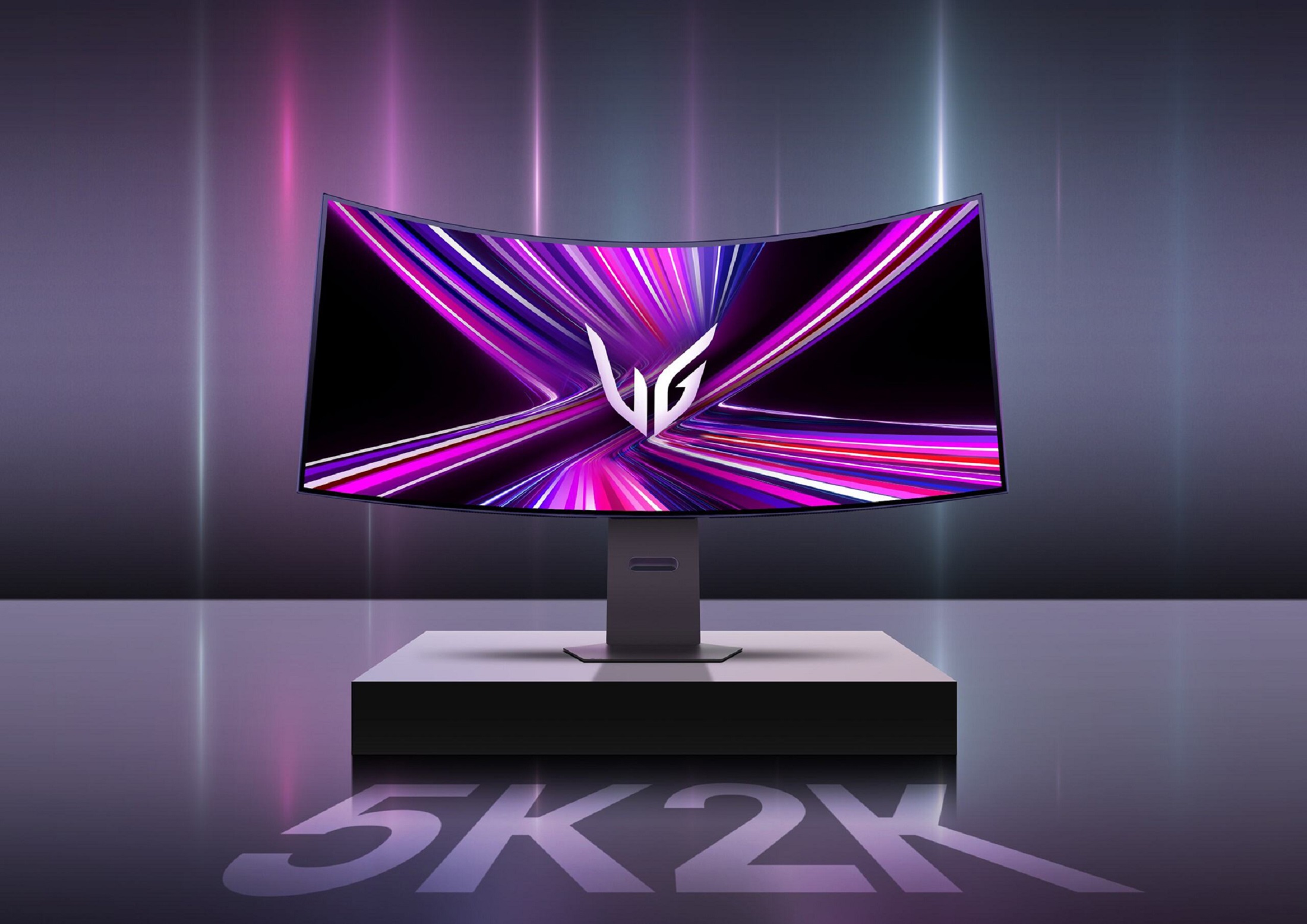Can you believe that over one fifth of PC gaming monitors sold today are OLED panels? So, says no less an authority on the subject than LG.
To be more precise, LG told YouTube channel HDTVTest that OLED now has 22% of the PC gaming monitor market. LG notes that market share has been achieved within just two years of the launch of its first OLED-based PC gaming monitor.
Meanwhile, it might surprise you to learn that OLED only currently represents 18% of the TV market, and that despite the fact that LG released its first OLED TV way back in 2013.
Of course, the very first OLED gaming monitor was actually the Alienware 34 AW3423DW, which was launched nearly three years ago and was based on Samsung QD-OLED technology. LG’s first OLED monitor came a little later. But the overall gist here is clear enough. OLED adoption rate on the PC is much, much faster than with TVs.
As much as I’m a card-carrying fan of OLED technology and despite the fact that there is now a wide array of OLED gaming monitors to choose from in all kinds of shapes, sizes and resolutions, I find that surprising.
Mainly, that’s because OLED monitors remain very expensive. You’re looking at MSRPs of at least $600 for an entry-level 27-inch 1440p model from a recognisable brand, while most models are $800 and upwards. Indeed, it wouldn’t surprise me if the average price of an OLED gaming monitor from the bigger brands right now is in the region of $1,000.
To my mind, that ought to make them pretty niche. And, OK, LCD still makes up the hefty majority of the market. But over one in five gaming monitors being bought right now is OLED and presumably that market share is still increasing. It’ll probably be at least a third in a couple of years.
Hopefully that continued increase in market share will reflect lower prices. It’s always been slightly baffling how expensive OLED monitors have been compared to TVs. When the first 27-inch 1440p OLEDs came out, they were about the same price as a 42-inch 4K OLED TV. It made no sense at all.
Since then, prices have generally come down. Like I said, those 27 inchers start nearer $600 and both 34-inch ultrawides like the Alienware 34 AW3423DWF and 32-inch 4k models including the MSI MPG 321URX are in the region of $800 and up.
But those are still pretty hefty prices when you consider that $200 or so will net you an LCD-based 27-inch 1440p gaming panel and $250 and up will bag a 34-inch ultrawide.
So, personally, I’d like to see OLED prices come down still further. I think $500 for a 32-inch 4K model and a little less than that for the 27-inch 1440p and 34-inch ultrawides would be about right. At least, it would be at about those price levels that I’d be happy to recommend them without major caveats.
Speaking of caveats, it’s worth pointing out that one of the very last that applies to OLED tech on PC gaming monitors aside from price seems like it might be history. As I reported last week, both Samsung and LG announced new OLED panel tech at CES with much higher claimed full-screen brightness.
In theory, we could see as much as 400 nits full screen, which for my money would mean the brightness “problem” with OLEDs is solved and I expect models with at least 350 nits full screen will appear later this year based on this new technology. Hope such monitors won’t come at a major price premium.
But even if they do, I expect those prices will come down pretty rapidly, as will OLED prices generally. Give it a couple of years and the sub-$500 OLED monitor capable of 400 nits full-screen brightness will probably be a thing. The only slight snag is that the OLED I really want, LG’s new 5K2K Ultragear 45GX950A is a $2,000 monster. Sadly, it’ll be a while yet before a panel like that is truly affordable.
Source link













Add comment